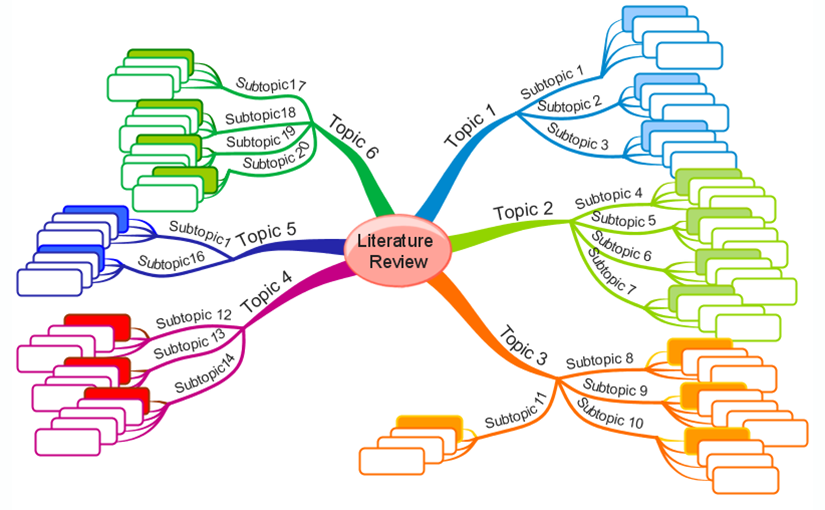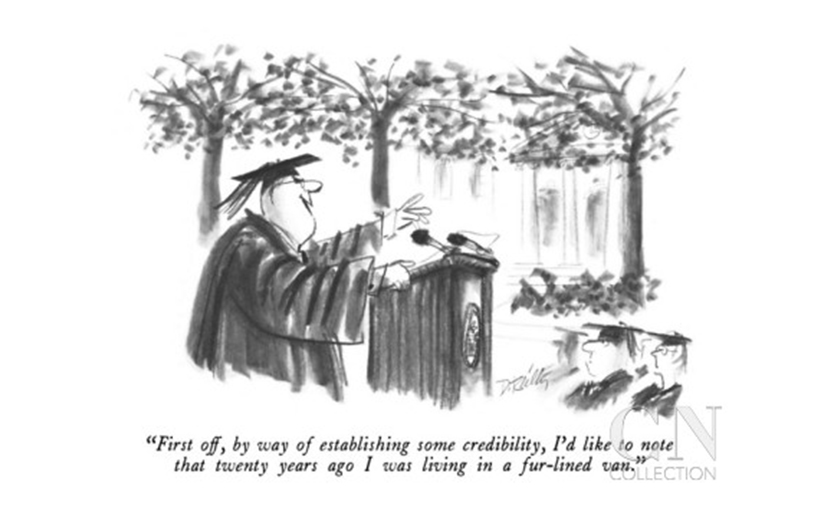According to Cooper (1988) “… a literature review uses as its database reports of primary or original scholarship, and does not report new primary scholarship itself. The primary reports used in the literature may be verbal, but in the vast majority of cases reports are written documents. The types of scholarship may be empirical, theoretical, critical/analytic, or methodological in nature. Second a literature review seeks to describe, summarize, evaluate, clarify and/or integrate the content of primary reports.” (My emphasis)
A review of relevant literature is almost always a standard chapter of a thesis or dissertation, though sometimes mini literature reviews may be integrated through several chapters. This less common approach may be found, for example, in some thesis structures based around three published peer-reviewed papers. This compilation based structure for a thesis is more common in some science disciplines. The literature review is an important chapter as it provides the background to, and justification for, the research undertaken (Bruce 1994). Bruce, who has published widely on the topic of the literature review, has identified six elements of a literature review. These elements comprise a list; a search; a survey; a vehicle for learning; a research facilitator; and a report (Bruce 1994).
Cooper, H.M. (1988). Organizing knowledge synthesis: A taxonomy of literature reviews. Knowledge in Society, 1, 104-126.
Bruce, Christine Susan. “Research students’ early experiences of the dissertation literature review.” Studies in Higher Education 19.2 (1994): 217-229.


